Before coming to the Balkans, I was vaguely aware of the fact that it was once called Yugoslavia. I have fuzzy memories of learning geography in elementary school and seeing the words Former Yugoslavia in faded parenthesis across the entire region that we are now traveling through, with each new individual country listed in much bolder lettering: Slovenia, Croatia, Bosnia – Herzegovina, Serbia, Macedonia, Montenegro.
I remember thinking to myself in the most offhand way I wonder why they decided to stop calling it Yugoslavia? and then moved on with my eight year old American life and refocused on trying to remember all 50 of our states and their capitals, not giving (Former Yugoslavia) another thought.
I cannot imagine what that confused eight year old girl would have thought if she knew that one day she would spend two months driving through each and every country that had once made up Yugoslavia.
The truth is that before coming here, 30 year old me knew almost about as much as I did sitting in that geography lesson 22 years ago. Basically nothing.
I wanted to learn more about the countries we were planning on traveling through, the history, the landscapes, and what exactly happened that lead to the war in the 90’s. I planned to do some research before leaving the United States, but got sidetracked with so many distractions (moving, planning, booking, etc) that I arrived in Slovenia with only a basic understanding.
My brain absorbs information so much better when I am fully immersed in something. Since arriving to the Balkans, I have not been able to stop digesting books about the Balkans and what happened here 25 years ago. It has been one of the most eye opening and impactful experiences I’ve ever had; reading about the history of a country, and looking up from the pages to see the exact scenery, street, monument or building the author is describing. There is nothing like it.
What I’ve learned about the history of Yugoslavia and the war here in the 1990’s is so complex, so horrific, that I struggled with the morality behind even writing about it. It is not my story, this is not my homeland, it was not my struggle. I can never pretend to understand the reality of what it was like. I am a foreigner visiting for a short stint; the least qualified of all to pass opinions in this situation.
But, I do think that it is even worse to pretend that this didn’t happen, and that it is not something that has impacted us on this trip, because it has. As selfish as it probably is, I felt the need to process it.
Like I mentioned before, I do not claim to know or understand the truth of the war in the 1990’s, as there are so many conflicting sides, but here is an article that breaks it down in very general terms for anyone interested: Key Facts about the Balkan War.
The war in Bosnia lasted from 1992 – 1995. During this time, it is estimated that over 200,000 died, and over 2 million people were forced out of their homes, becoming displaced refugees. Although all countries were impacted heavily, the war in Bosnia is what hit the hardest.
The attempt to wipe out all Bosnian Muslims was the worst case of genocide in Europe following World War II. It sometimes seems that we as humanity have an extremely difficult time learning anything from our mistakes.
What seems to be the most painful part of this war, is that it wasn’t an attack from a faraway, unidentifiable enemy. It was a civil war that turned neighbors and friends against each other due to ethnic divides. In some of the books I read, the authors recounted stories of their favorite teachers, coaches, neighbors, and even closest friends turning guns on them during the war.
What I learned about Bosnia through the words of people (barely older than me) who had survived the war felt like someone dumped cold water all over my face while I was sleeping. It was a huge wake up call.
I tried to wrap my head around the fact that this happened in the early 90’s. When I was sitting on my couch eating tortillas with cheese and fruit by the foot, watching Rugrats after soccer practice, while kids my exact age (and younger) were being starved, tortured, and brutally murdered in the same countries I am currently traveling through.
Often times, my generation enjoys reminiscing about the glory days of the 90’s, and I now appreciate just how lucky we are to be able to do this; simply because of where we were born. It is something I will never again take for granted; to have a childhood, and to have had it without war.
There was one common thread that stretched throughout each book I finished, and it was that the city that suffered the greatest during this time was Mostar.
One of the authors referred to Mostar as the ‘Stalingrad’ of the 90’s war, alluding to just how bad the situation was for this city.
Mostar was under siege for 9 months during the war and lost over half of its population to death or displacement. Most of the city was destroyed, including its old town along with dozens of historical and important monuments being completely wiped out.
The most notable being the Stari Most bridge, the famous symbol and namesake of Mostar.
The bridge was constructed in the 16th century, and served as a crucial crossing point through Europe. It was regarded as one of the world’s most beautiful bridges, and then destroyed in 1993 during the war. It was rebuilt and reopened (to almost an exact replica) in 2004.
These were the things that were running through my mind during our two-day visit to Mostar. I had read that you could still see remnants of the war everywhere; holes patterned in buildings due to incessant shelling; dilapidated buildings that had once stood strong and were now ruins, and a completely rebuilt Old Town. We learned on arrival that this was all true.
When we crossed the border to Bosnia from Croatia, and began driving to Mostar, I couldn’t believe how dramatically the landscape changed. Less than an hour ago, we had been driving through green hills and coast line, and now we were zig zagging through a valley of huge, stunning brown rocky mountains.
When we arrived to Mostar, we immediately noticed the change; there were mosques throughout the city, old run down buildings slumped beside brand new ones, prayer read in the evening over the loudspeaker, mountains peeking over the tops of buildings from every spot, all set on opposite sides of a beautiful winding river.
We walked from our Airbnb to the Old Town that we knew had been rebuilt, and I will never forget how I felt when I rounded the corner and Stari Most came into view. I identified in that moment, one of my favorite feelings: seeing something you have read, learned and dreamed about in real life for the first time. After reading so much about it, it was a completely different experience to see it come to life in front of my eyes.
The next day, our best friends Nina and Zach arrived, and we decided to spend the day at Kravice waterfall; about a 30 minute drive from Mostar. The waterfalls are beautiful, and a huge bonus is that you are welcome to swim in them, unlike with Plivitce in Croatia.
We swam, Zach and Al jumped off cliffs, drank beer, and had a delicious lunch. It was a perfect day.
Afterwards, the four of us headed back to Mostar. We spent the evening walking through the city, eating a local Bosnian dinner, smoking hookah, and admiring the bridge from all angles.
More than once, I found myself looking around this stunning city that had seen so much destruction and death only two decades ago, and wondering how in the world I was able to get so lucky in my life. I was sitting in a restaurant with my husband and two of my best friends, drinking wine and laughing over ridiculous conversation, traveling the world, and I felt so thankful for every simple and grand thing that I have ever been given in my entire life.
This post doesn’t really have a happy ending. Mostar is still recovering from the damage of the war, as are so many people and cities throughout the region that lost everything. But after seeing the worst of humanity, they are moving on and rebuilding all the same.
All I can say is that sometimes travel can teach us so much about life. It can show us time and time again that there is a much bigger world out there and we are only a very small part of it. As cliche as it is, making the effort to see things through the eyes of others reminded me that it is important to understand life and the world from all sides, even when we feel it does not directly impact us. There is so much to be gained from understanding and learning from others who do not live our experiences; even if it is not pleasant. Especially if it is not pleasant.
It also reminded me that even when things feel difficult, I have so much to be thankful for. It is important that I remind myself of that. Every single day. And that is something I will never forget.

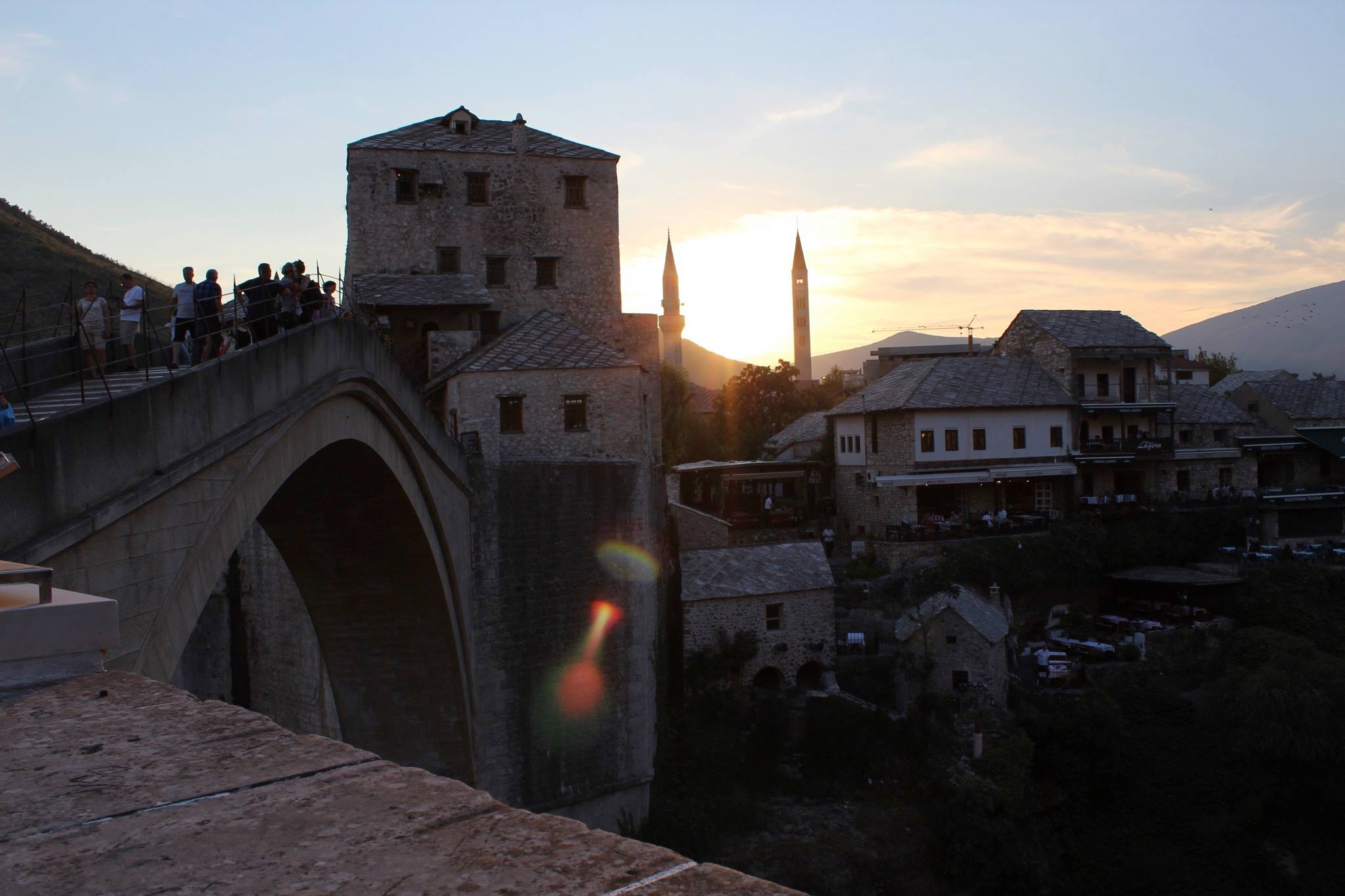
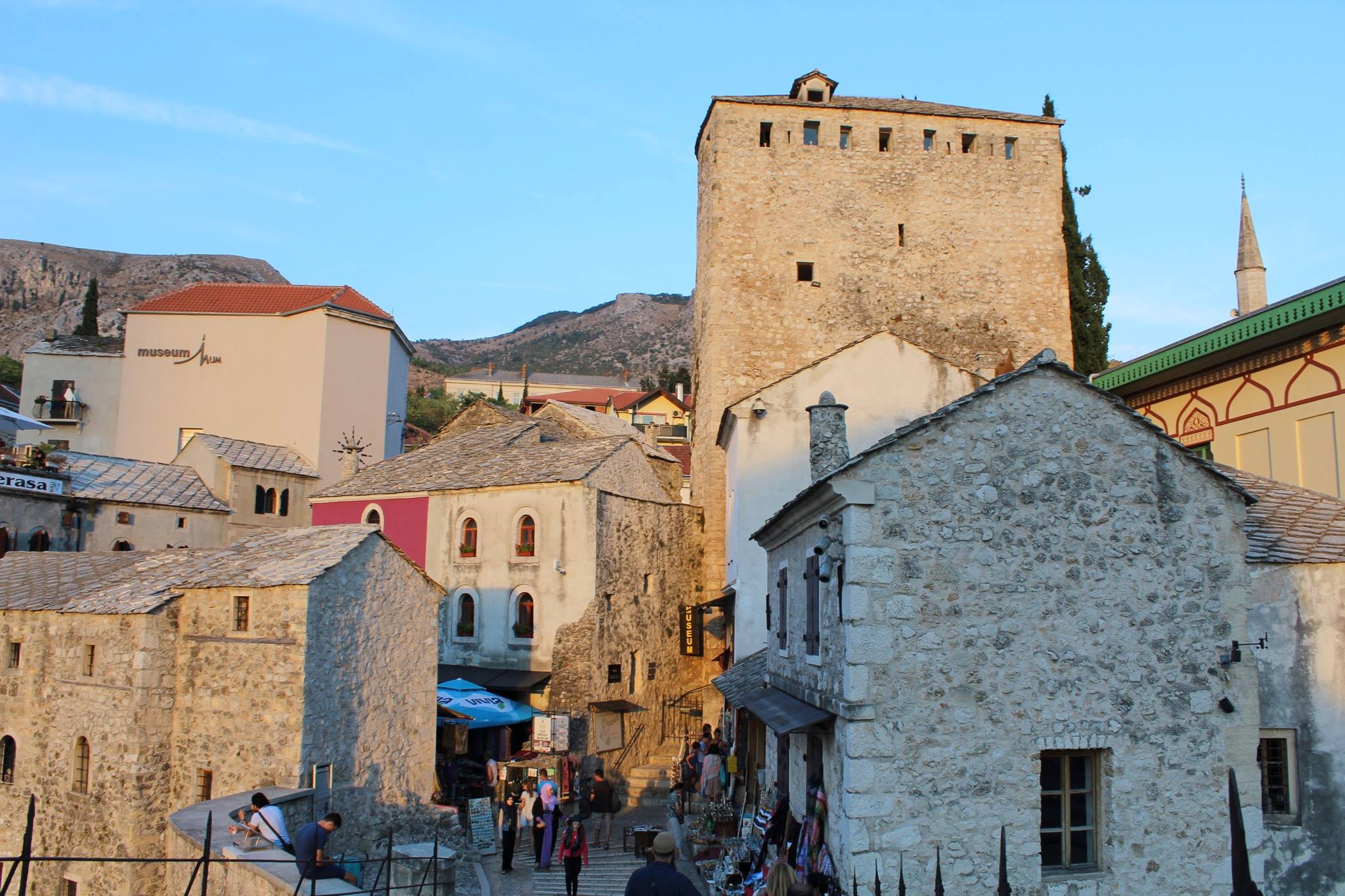
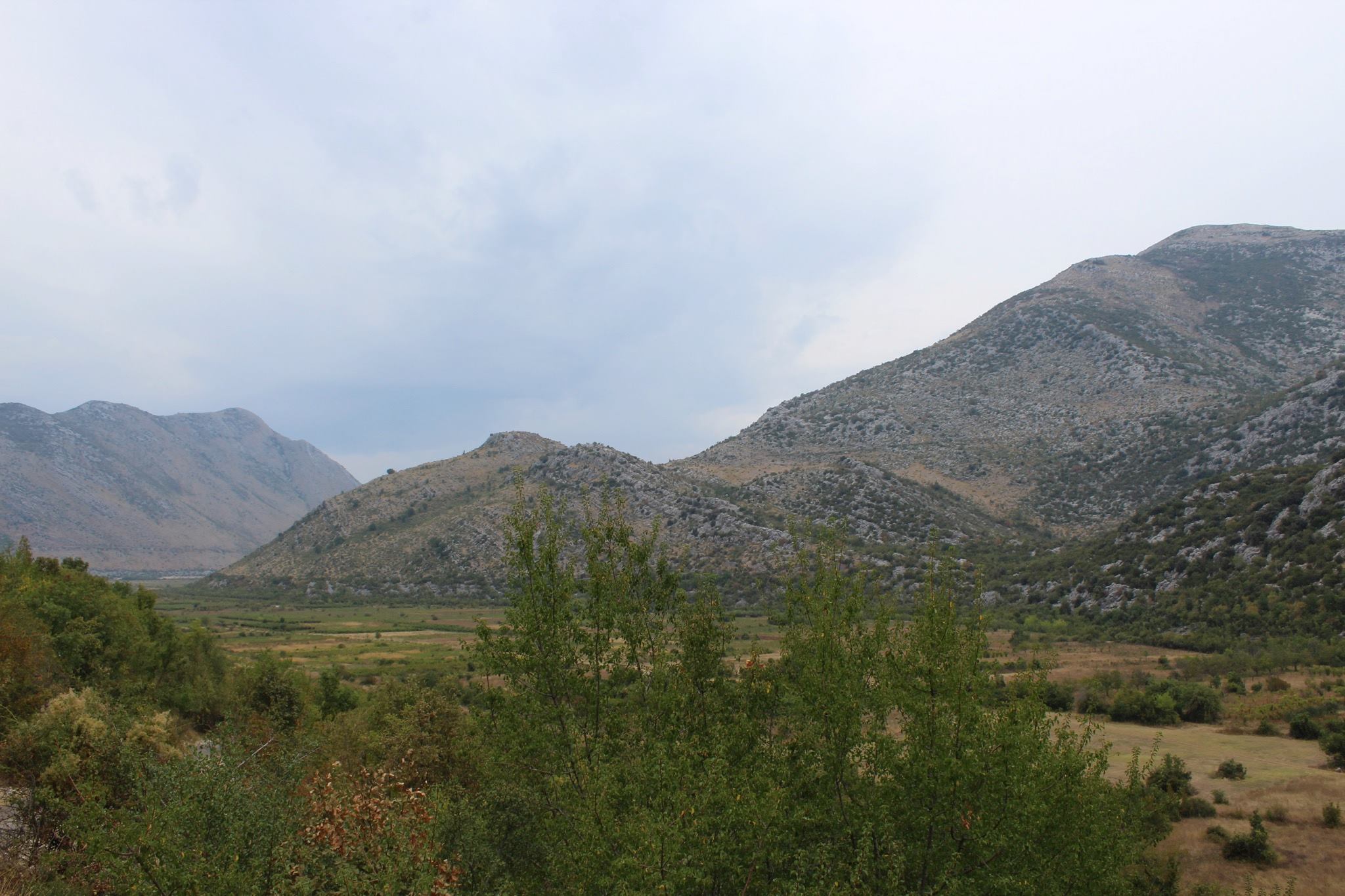
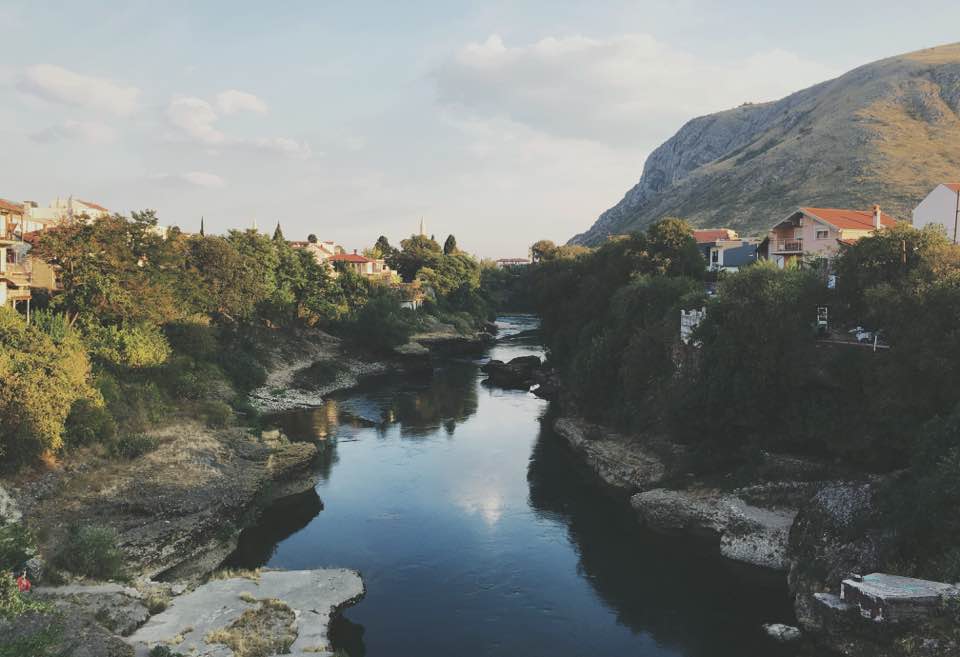
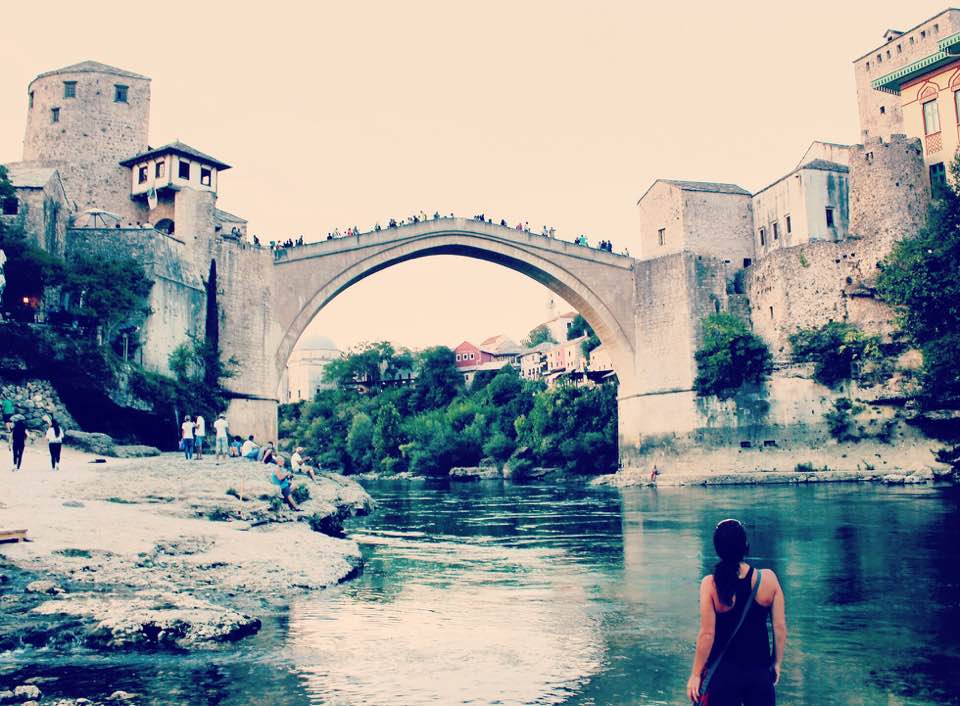
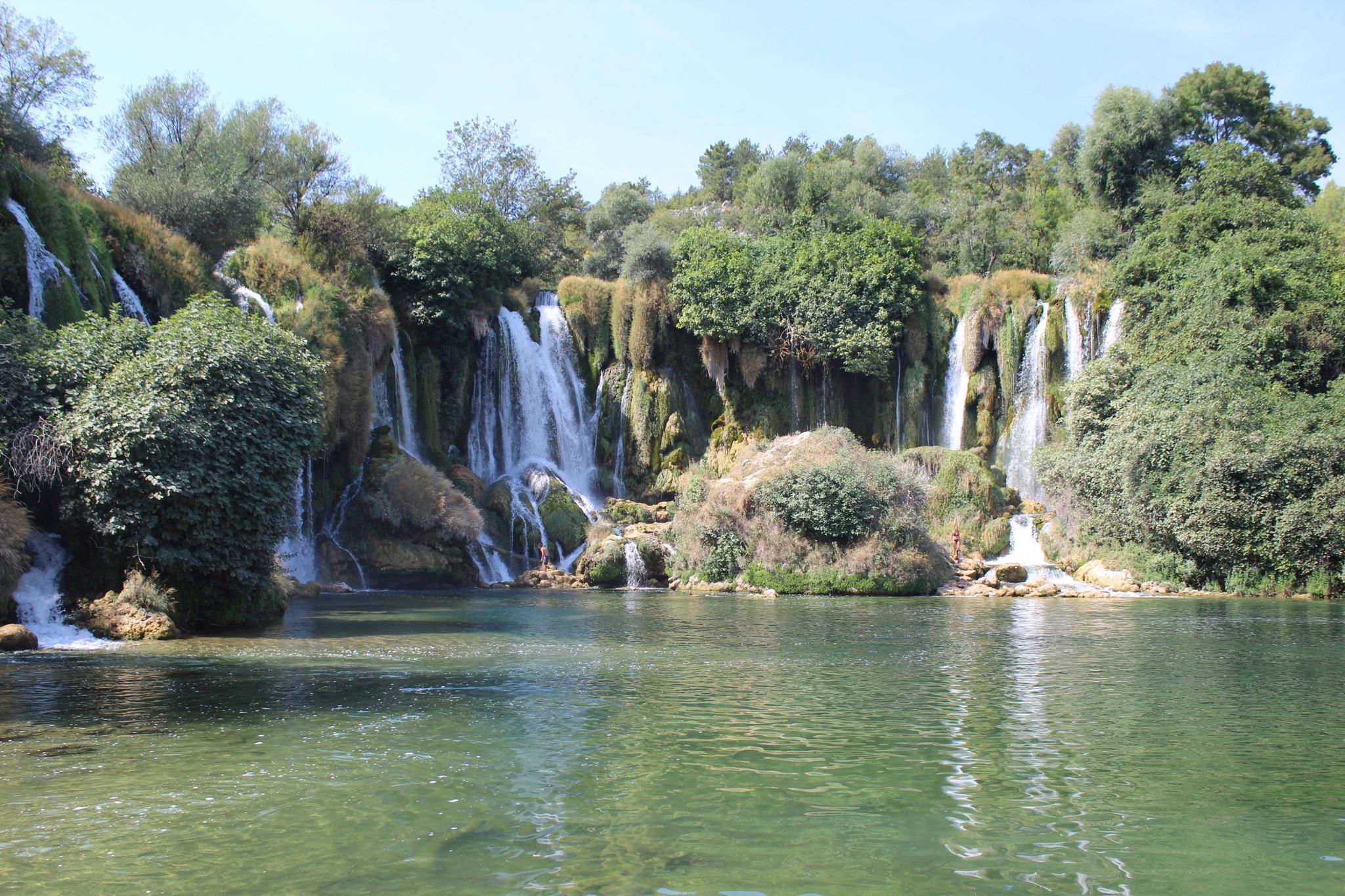
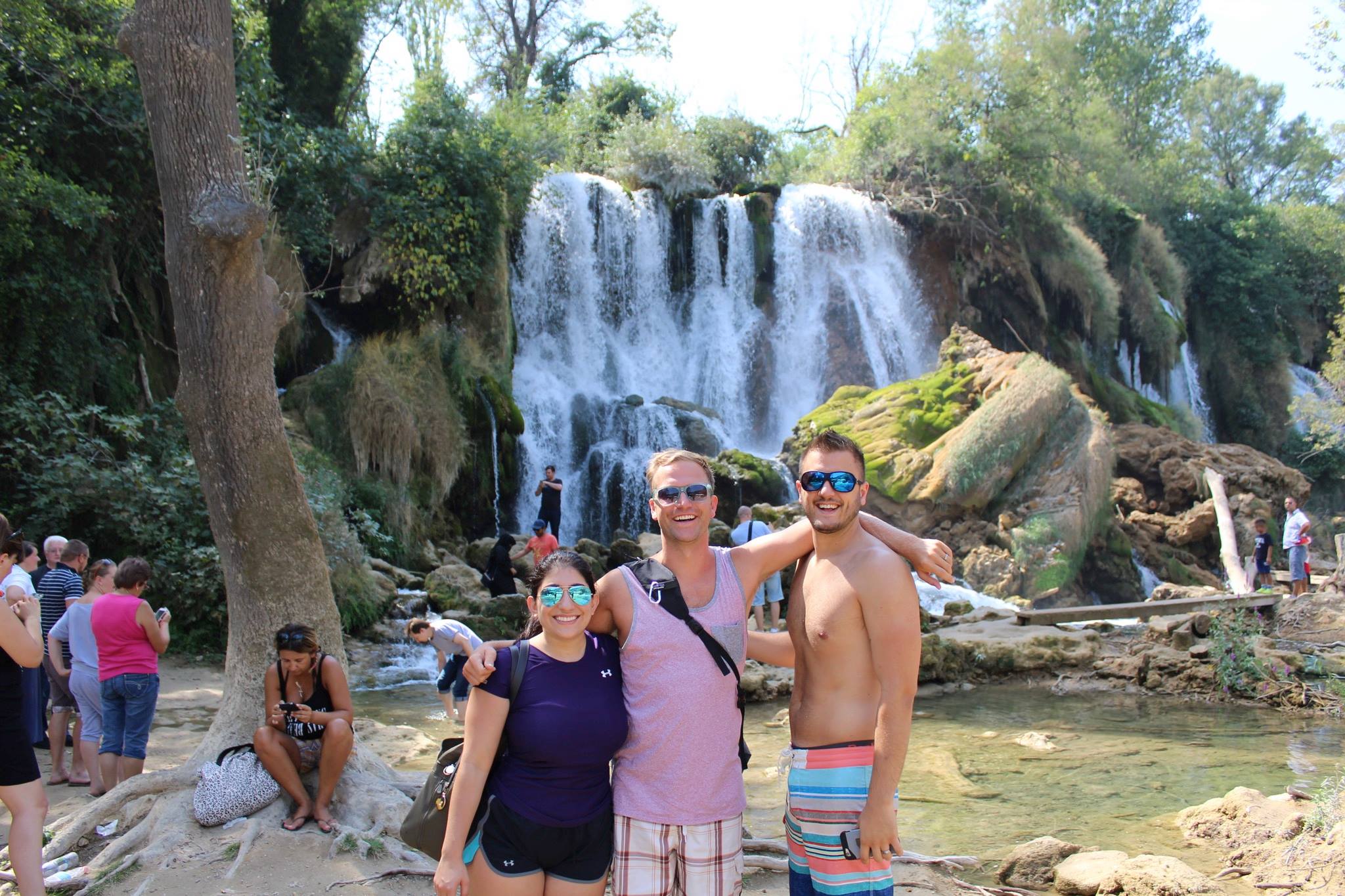
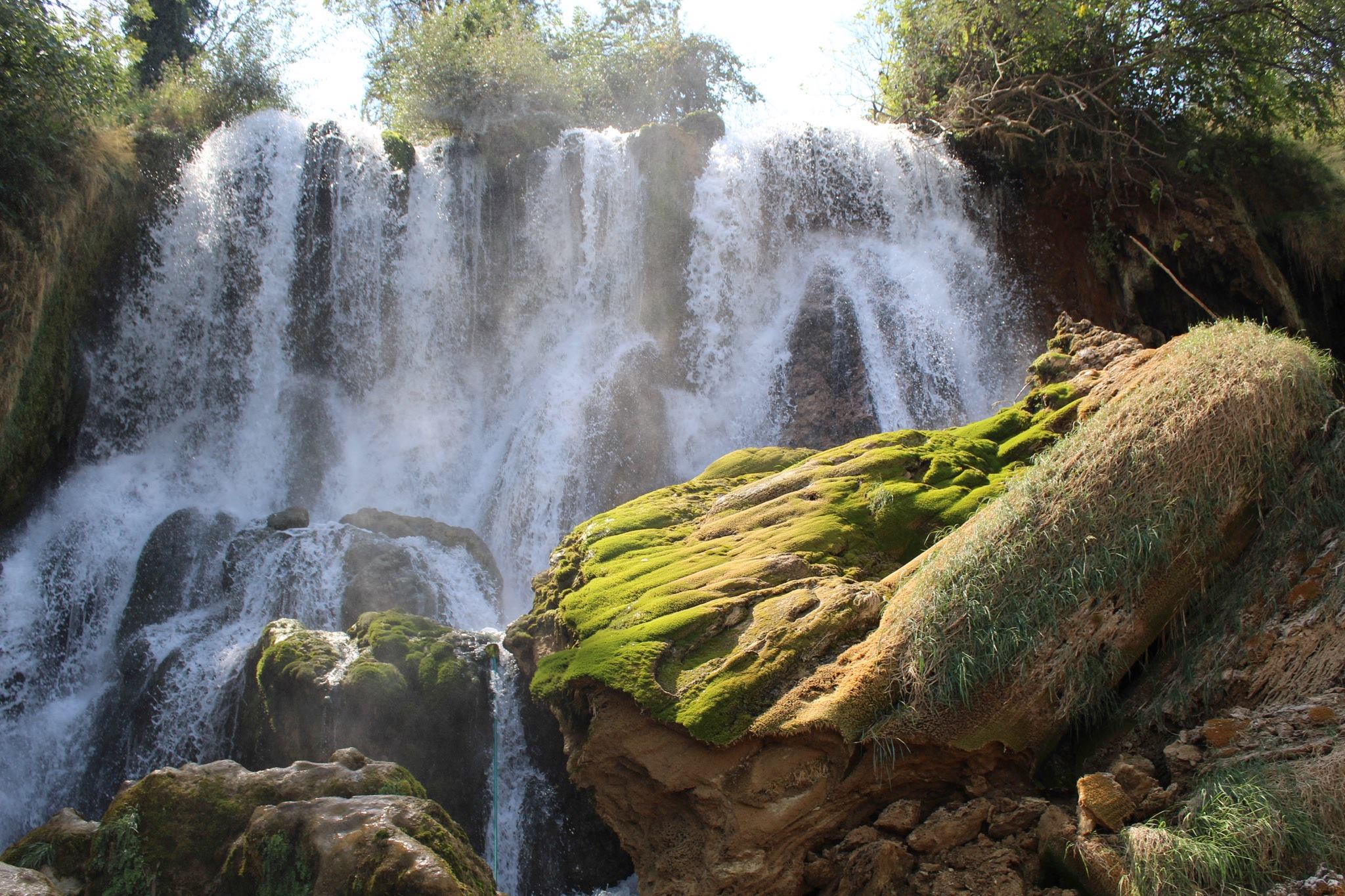
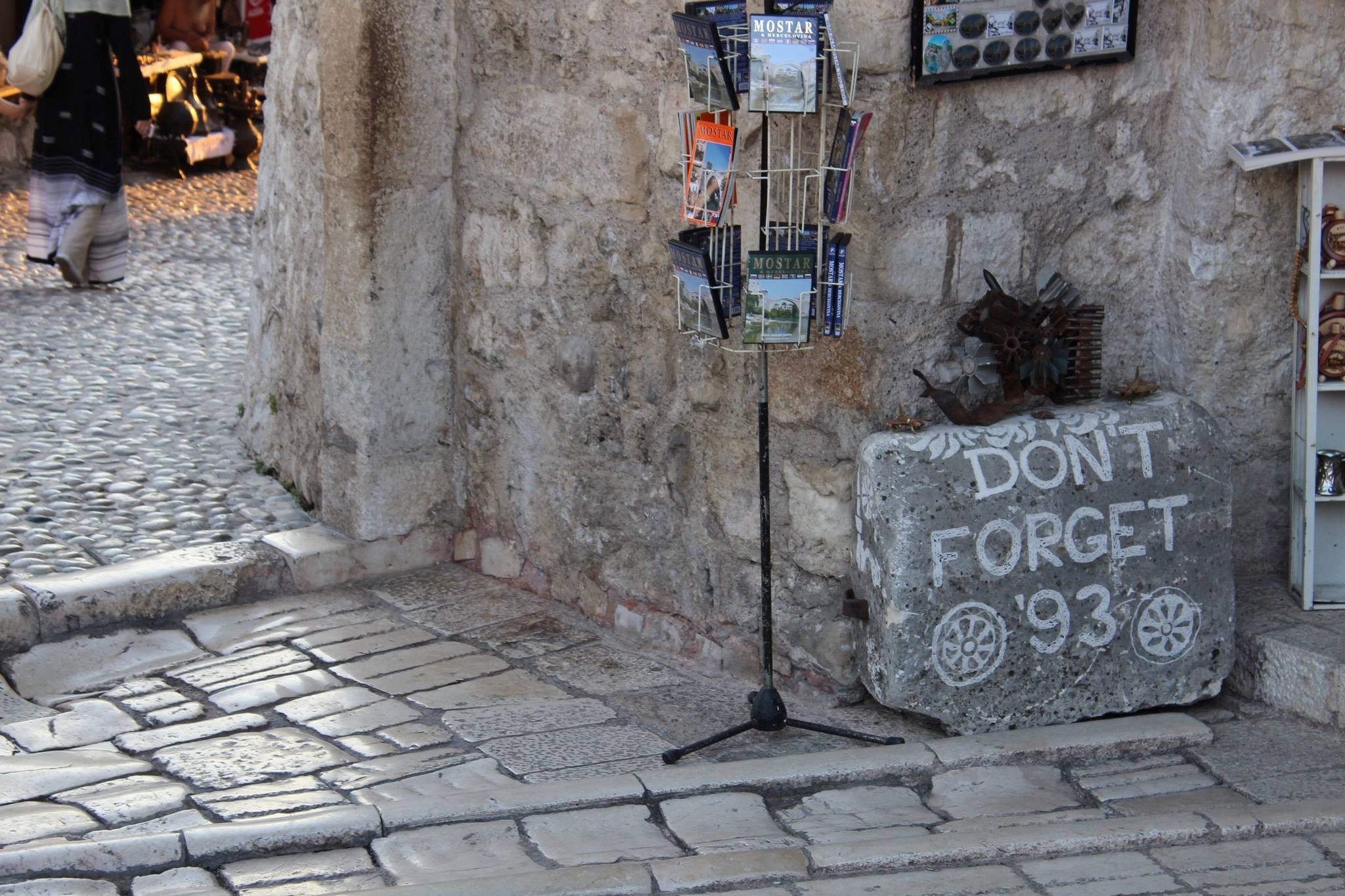
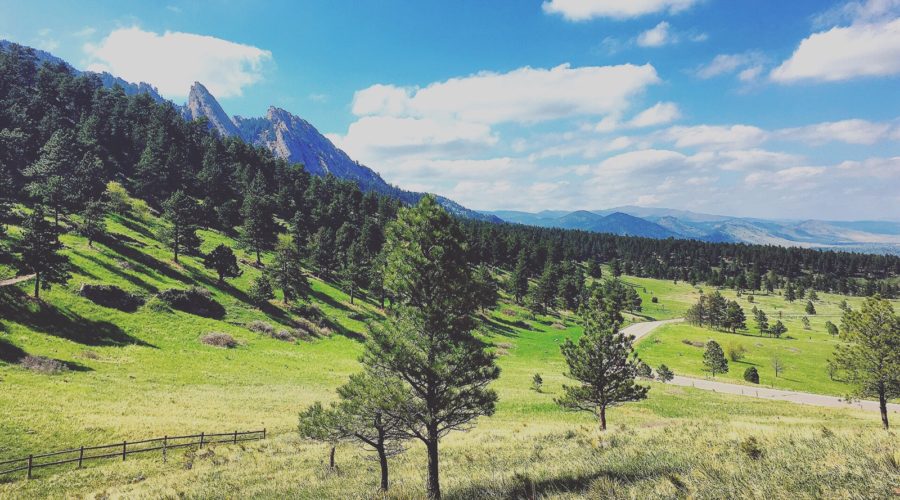
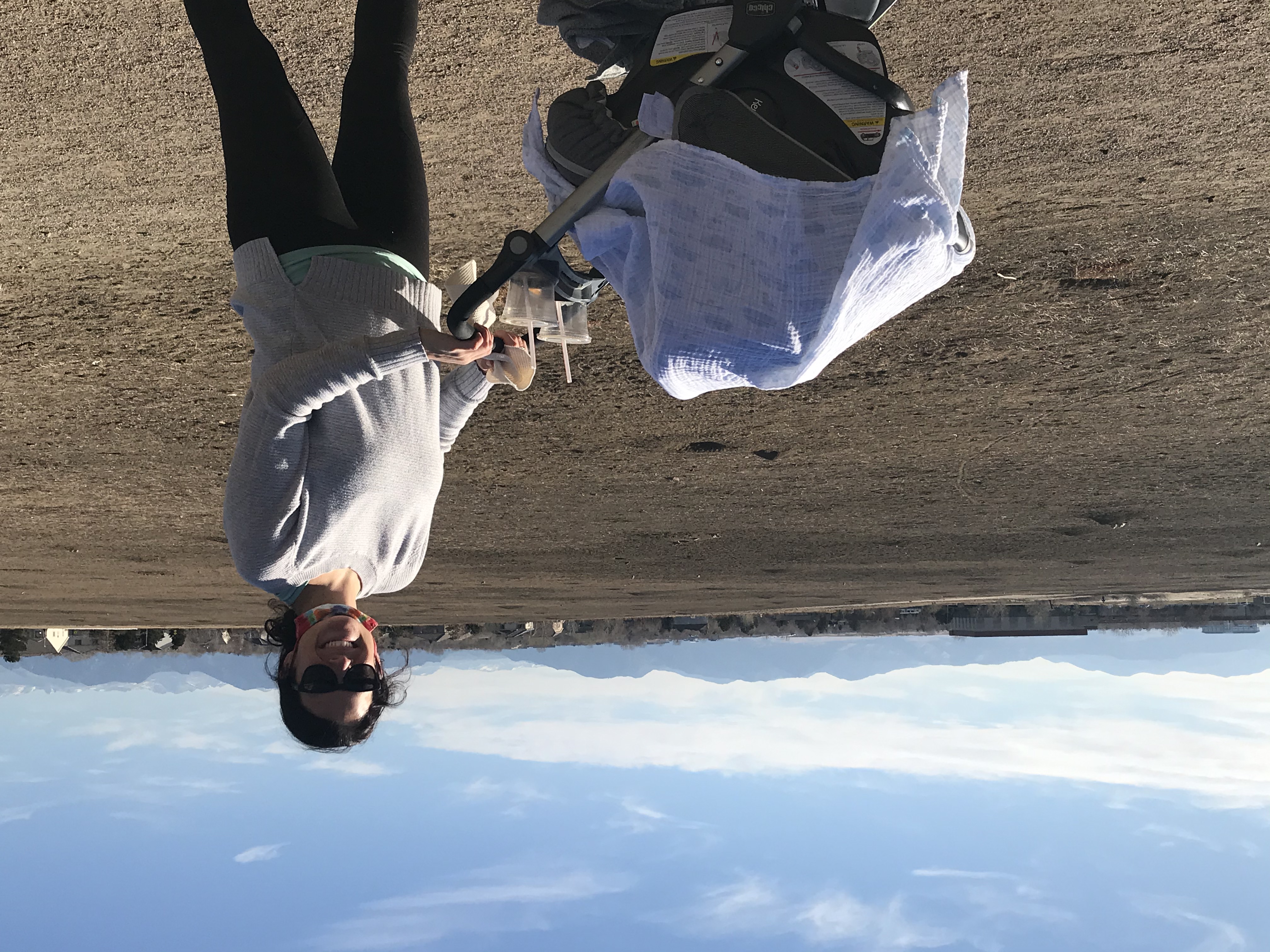
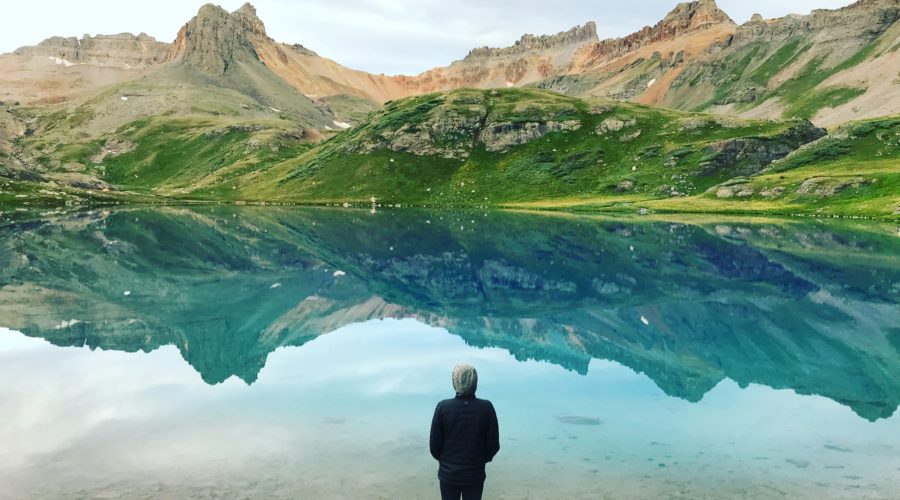
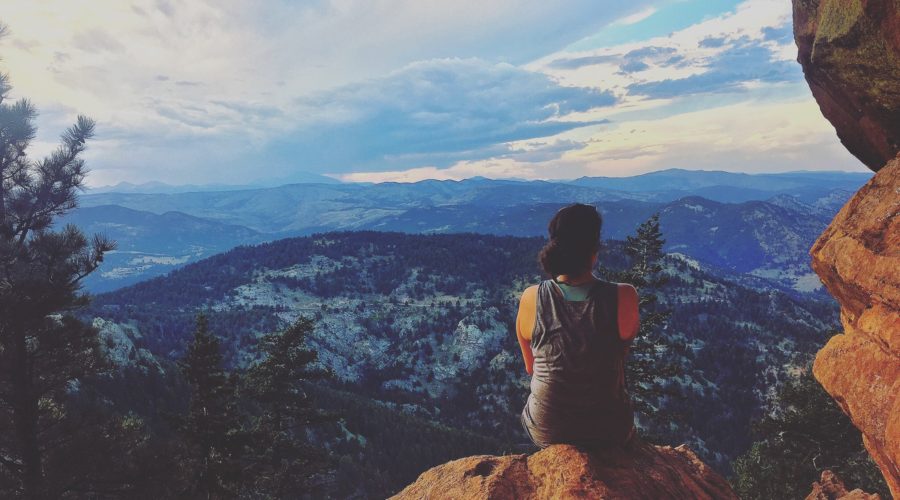
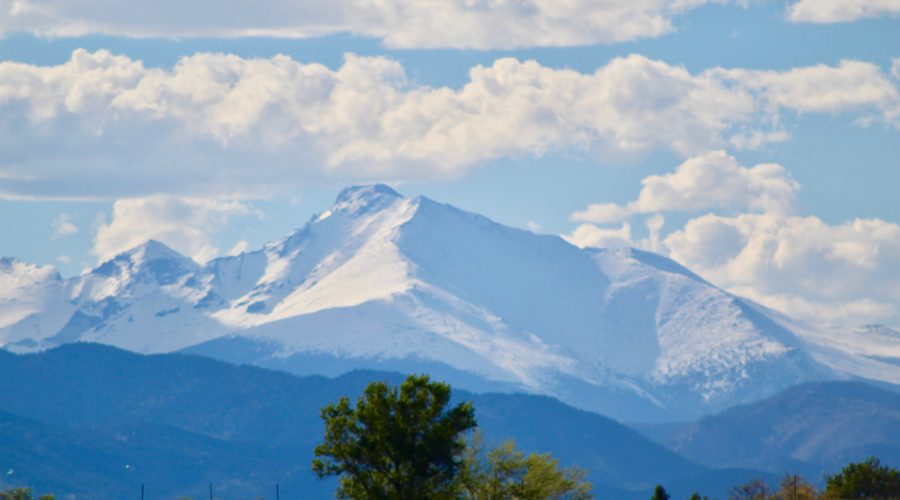
Seeing bullet holes in the sides of building and monuments was definitely sobering. I think the title of this post is spot-on — an opportunity to gain perspective in a place we (I) knew so little about.
Sadly, I never really knew what Yugoslavia was before you guys decided to go on this trip. I am definitely going to read those books on Bosnia you recommended to me. I think you said something important here about travel and how it isn’t just about seeing beautiful sights and eating delicious food.. but really learning and trying to understand what other people have been through and how they live their day to day.
Ps – those waterfall pics are incredible! I want to shove my head under one right now.
Love the spirit of this post! I totally agree with you that being immersed in the history of a place while you visit, makes it so much more meaningful, and definitely provides much more perspective. Seems like the 4 of you had a great time!!
Can we please go back?!